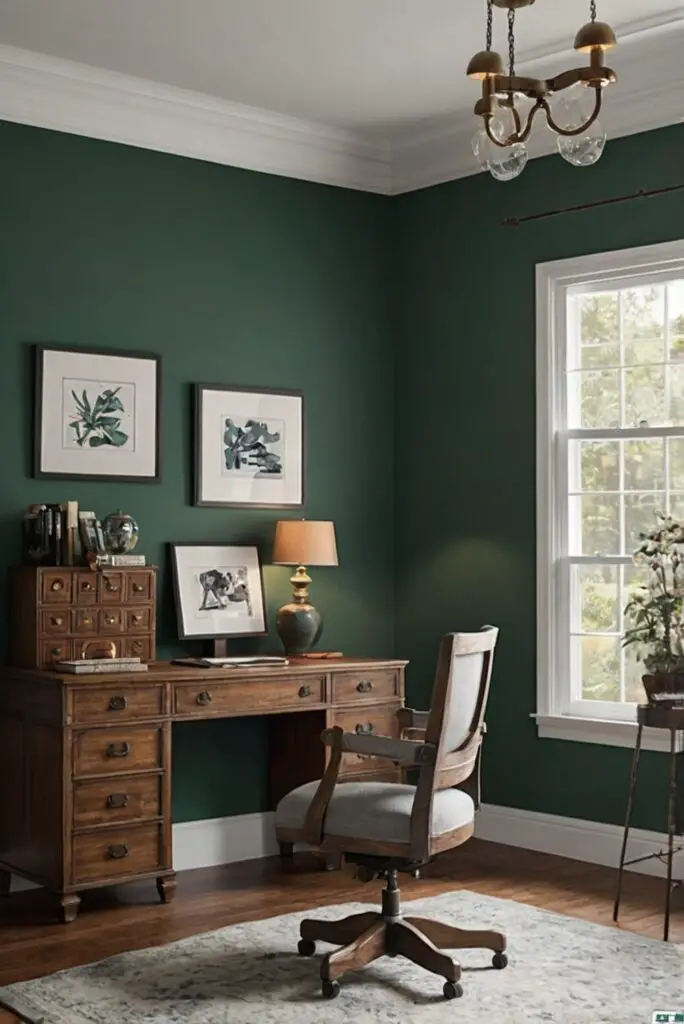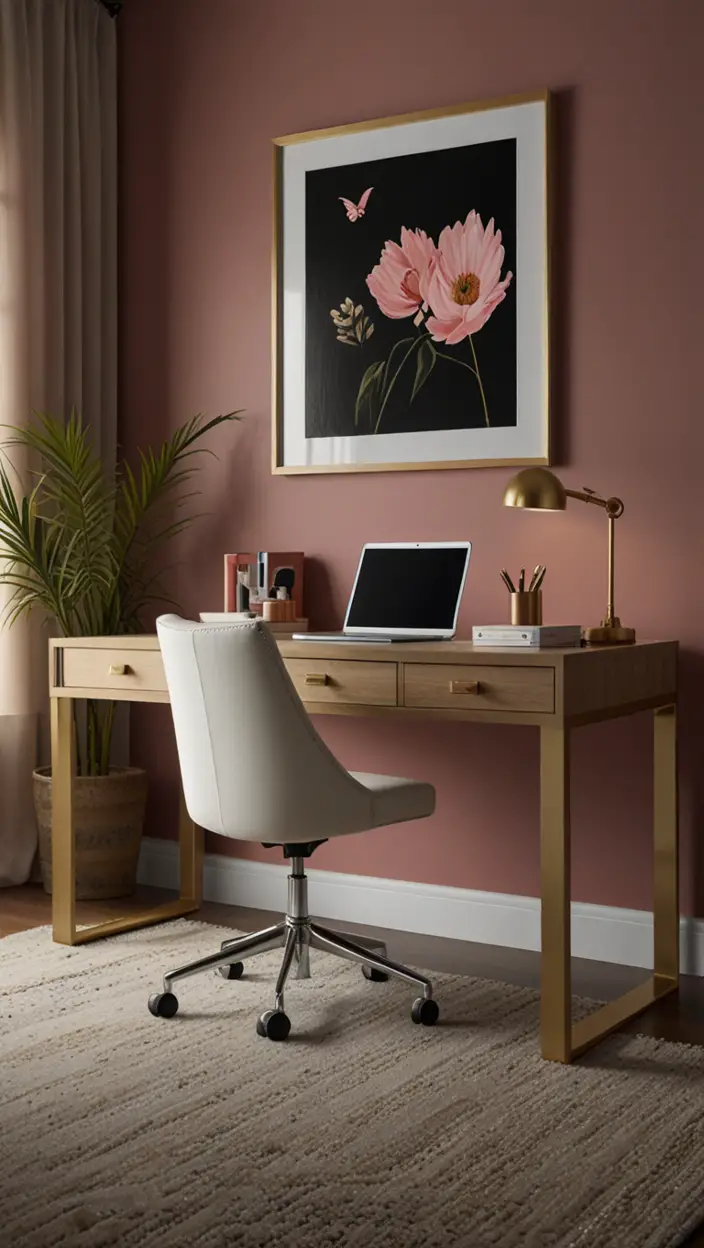Want to create the perfect work environment at home? Discover how to choose the ideal white shade for your home office walls.
To choose the right shade of white for your home office walls, consider the amount of natural light the room receives. A bright white may look too stark in a dark room, while an off-white or warm white can create a cozy atmosphere. Take into account the existing furniture and decor in the room to ensure the white walls complement the overall design. It’s also helpful to experiment with paint samples on the walls to see how the color looks in different lighting conditions. When selecting a white paint color, consider undertones to ensure it matches other elements in the room. For instance, if you have warm-toned wood furniture, choose a warm white paint. Remember, the right shade of white can make a small office feel more spacious and inviting.
Determining the right shade of white for your home office walls is crucial for creating a conducive work environment. Several factors should be considered when choosing a white paint color to ensure it complements your office decor and maximizes productivity.
My Lovely Spring Paint for 2025
Ready for a Spring Makeover? Explore the Freshest 2025 Paint Trends!
White Sage/Green SW Pistachio green Soft blue Honeysweet/Orange Pink Sugar Sage Tint BMAs an Amazon Associate, I may earn a commission from qualifying purchases at no extra cost to you.
Sampling different shades of white before committing to a color for your walls can help you visualize how each shade looks in different lighting conditions and against your existing decor. This step can prevent costly mistakes and ensure you select the perfect white paint color for your home office.
To guarantee that the white paint color you choose complements the rest of your office decor, consider the undertones of the white shades you are evaluating. Warm whites have yellow or red undertones, while cool whites have blue or gray undertones. Ensure the white paint color you select harmonizes with your furniture, flooring, and other decor elements in the office.
While white is a classic and versatile color for home office walls, there are alternative paint colors you can consider to add depth and character to your workspace. Soft pastel shades like light gray, beige, or pale blue can create a serene and calming atmosphere in your home office. Experimenting with these colors can help you achieve a unique and stylish workspace.
My fAV Spring DECOR for 2025
Discover Spring’s Best 2025 Decor Combinations – Perfect for Any Room!
Oversized Indoor Plants White Curved Sofas Rugs BOH Brown Cream Moroccan Hype Boho Rug Outdoor Patio Furniture Sets Topfinel Pillow CoversAs an Amazon Associate, I may earn a commission from qualifying purchases at no extra cost to you.
Organizing your color selection process when deciding on a white paint shade involves creating a mood board or color palette with swatches of different white shades. Consider how natural light and the size of your office impact the perception of white paint colors. Natural light can influence how white paint appears throughout the day, so it’s essential to test your chosen white shades in various lighting conditions.
Considering natural light and room size when choosing a white paint color for your home office is essential for creating a harmonious and balanced workspace. Natural light can affect how white paint colors appear, from stark and bright in direct sunlight to soft and muted in shaded areas. The size of your office also plays a role in determining the ideal white paint color, as larger spaces can accommodate cooler whites, while smaller rooms may benefit from warmer white hues.
In conclusion, selecting the right shade of white for your home office walls involves a thoughtful and systematic approach. Sampling different white shades, considering natural light and room size, and exploring alternative paint colors can help you make an informed decision that enhances your workspace.
**Key Takeaways**
– Sampling different shades of white before committing to a color is crucial in choosing the right white paint for your home office.
– Consider the undertones of white paint colors to ensure they complement your office decor elements.
– Alternative paint colors like light gray, beige, or pale blue can add depth and character to your home office walls.
– Organize your color selection process by creating a mood board or color palette with swatches of different white shades.
– Natural light and room size play a significant role in how white paint colors appear in your home office.






